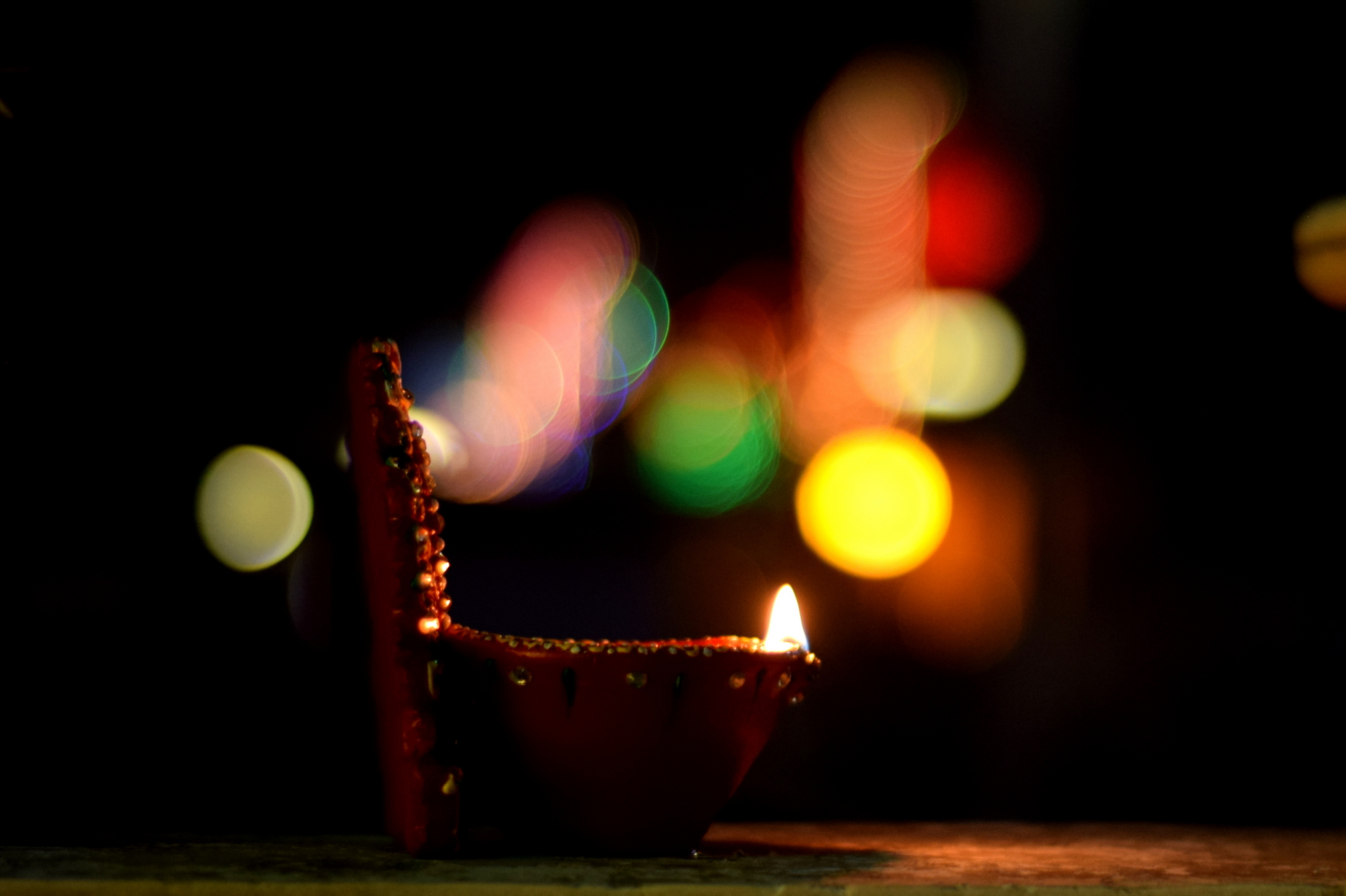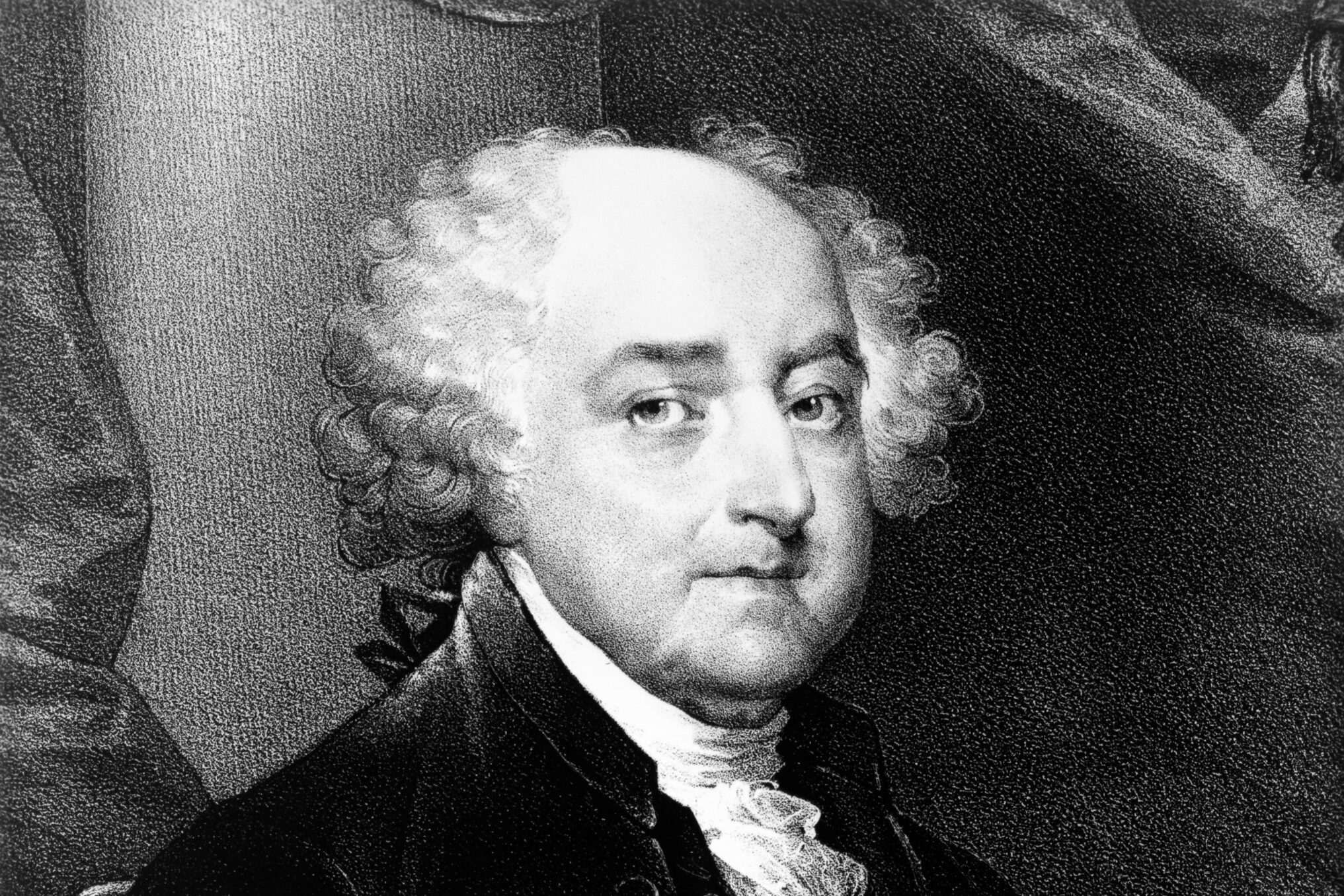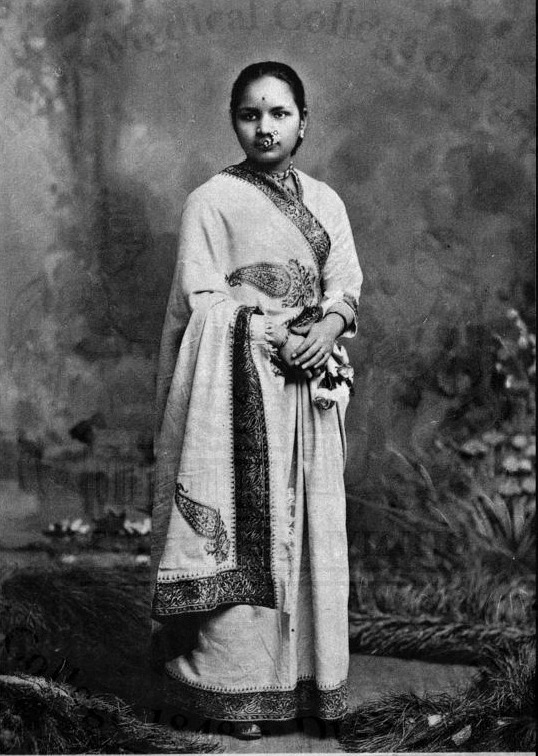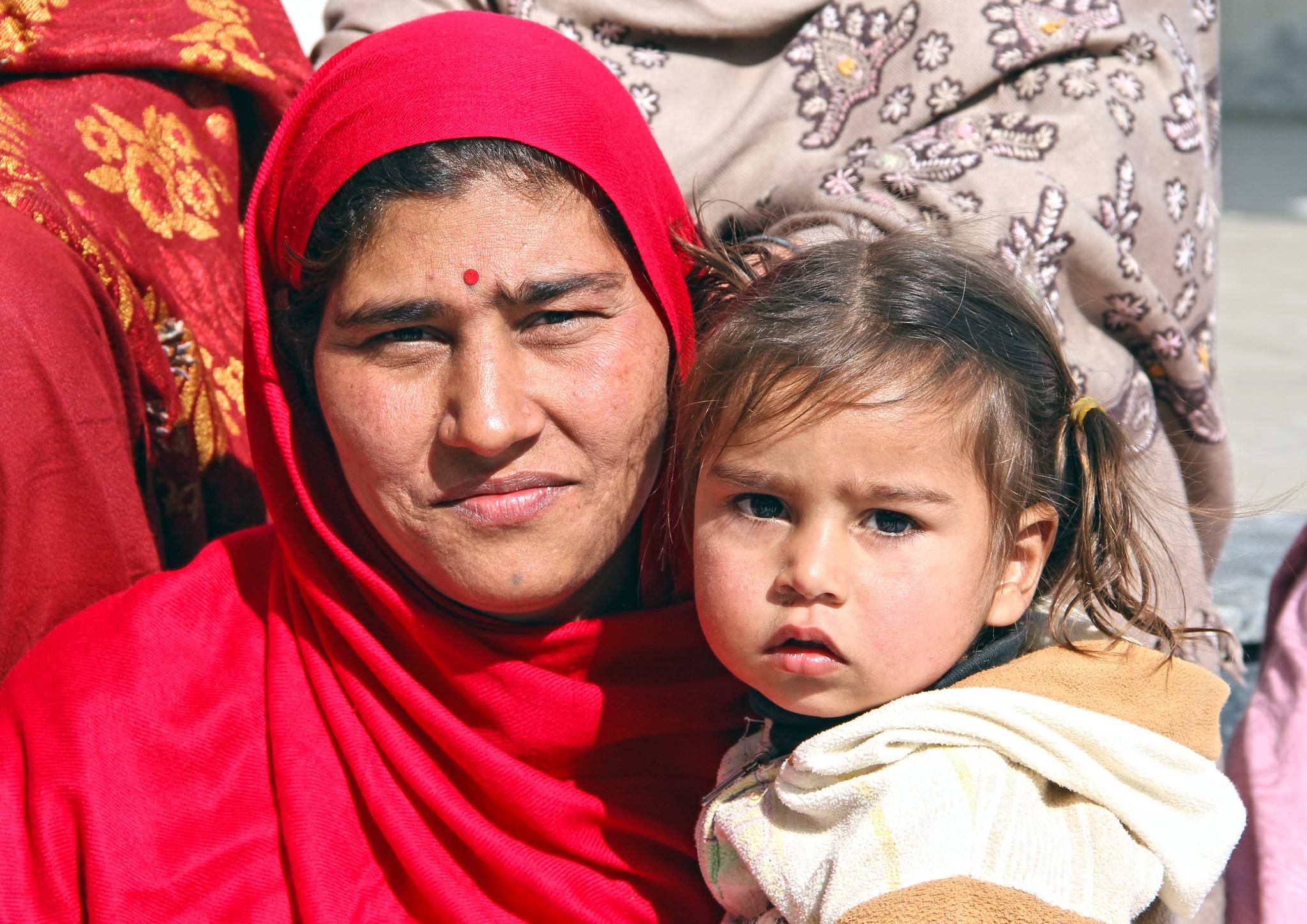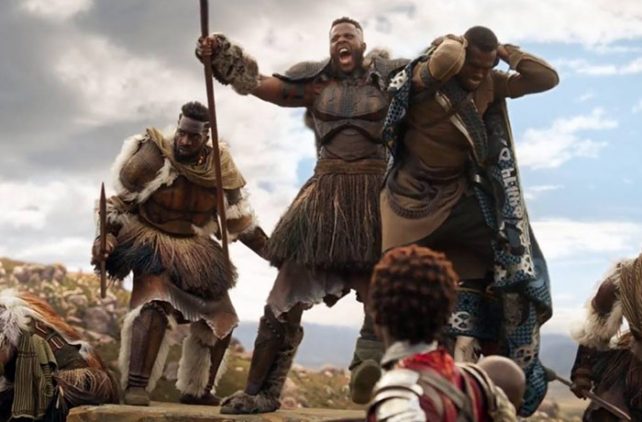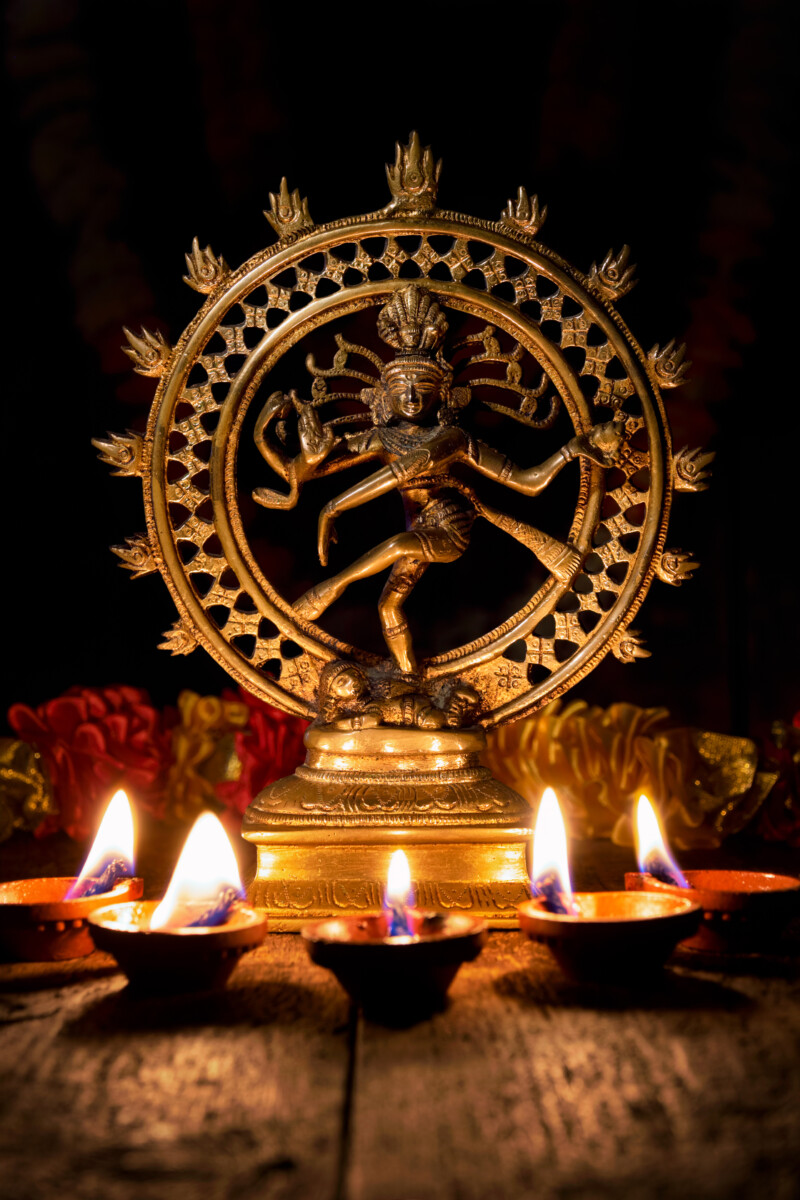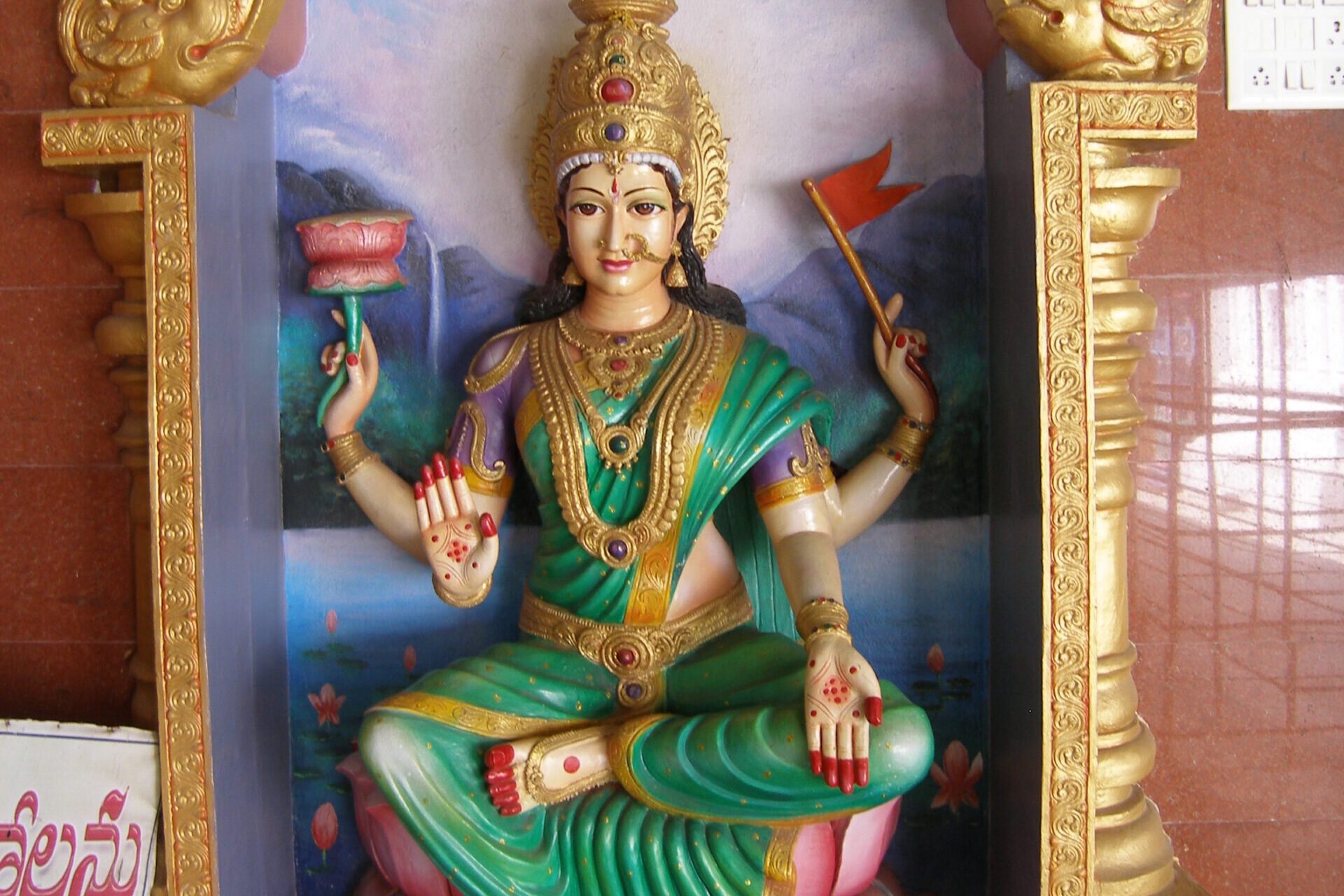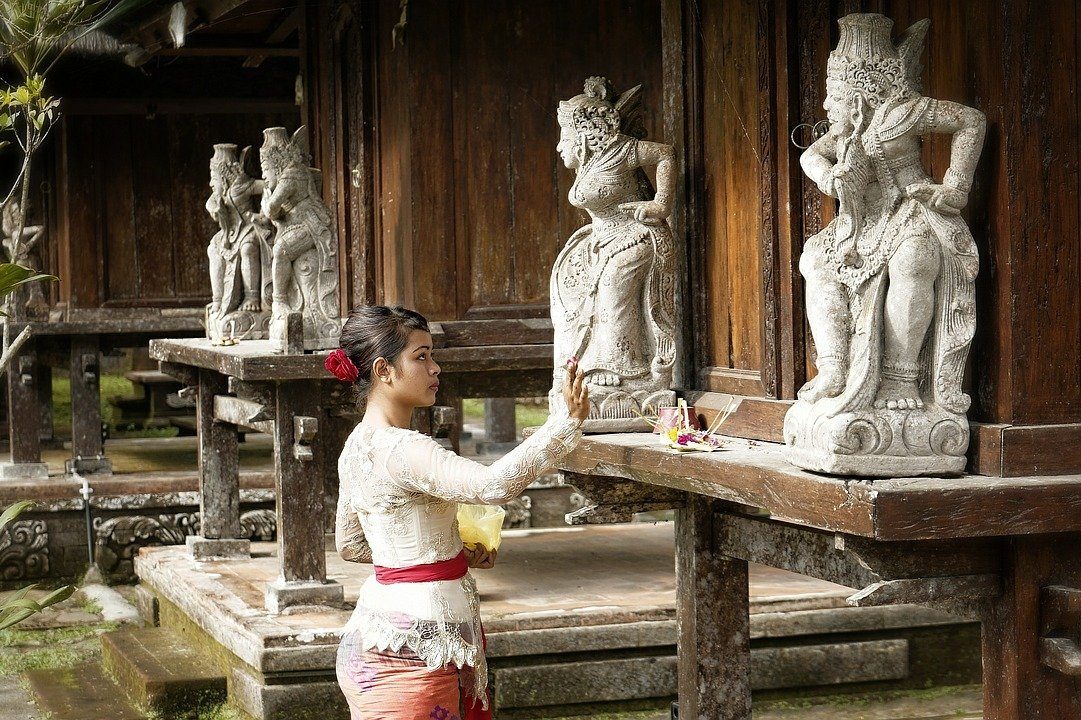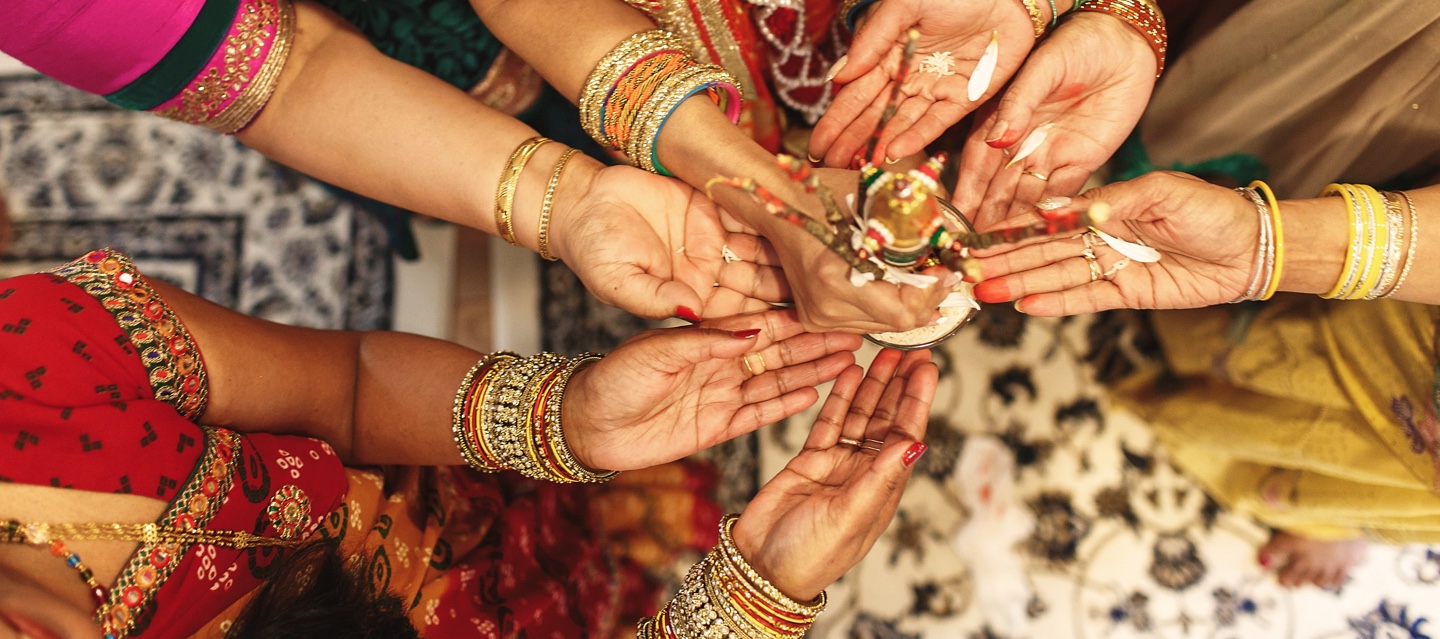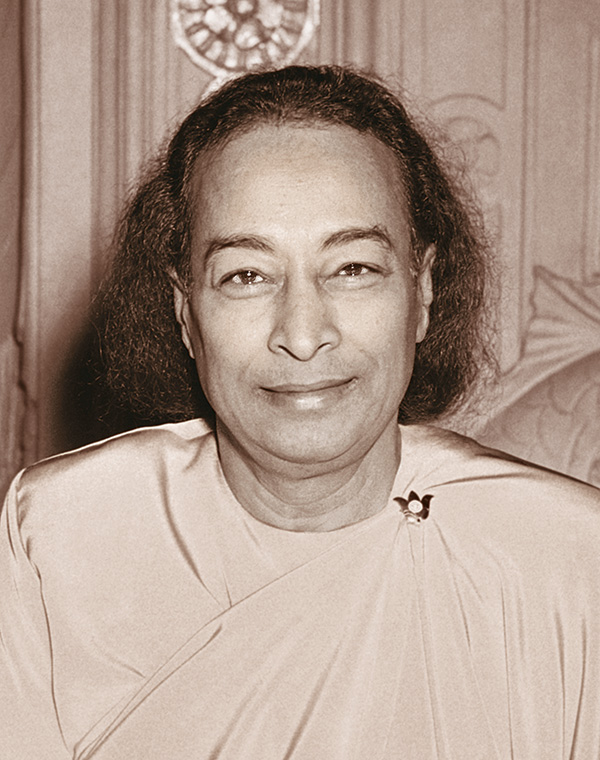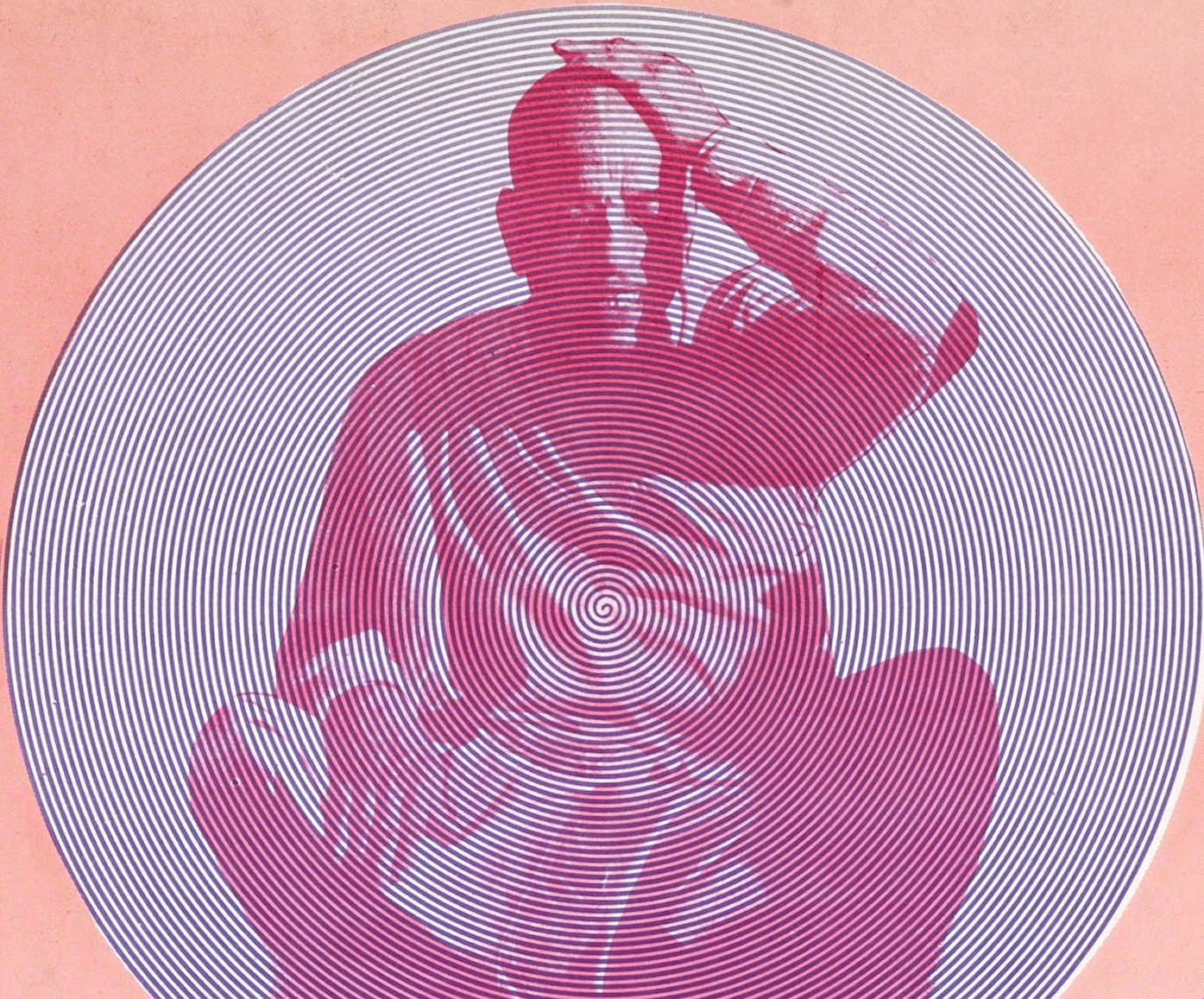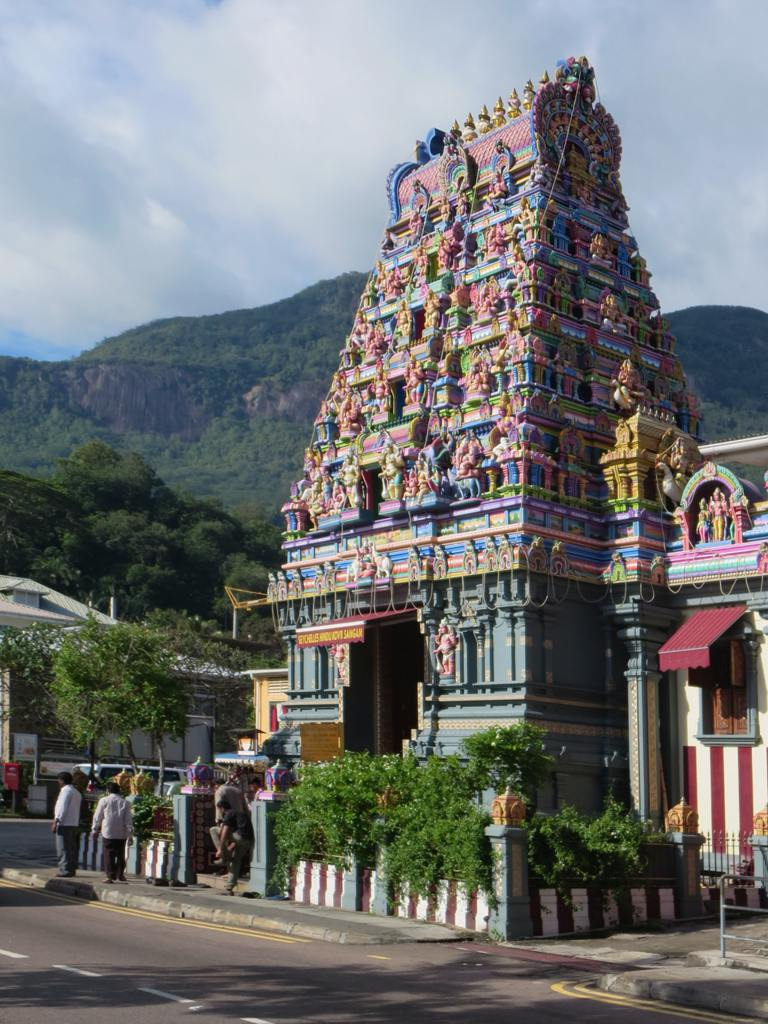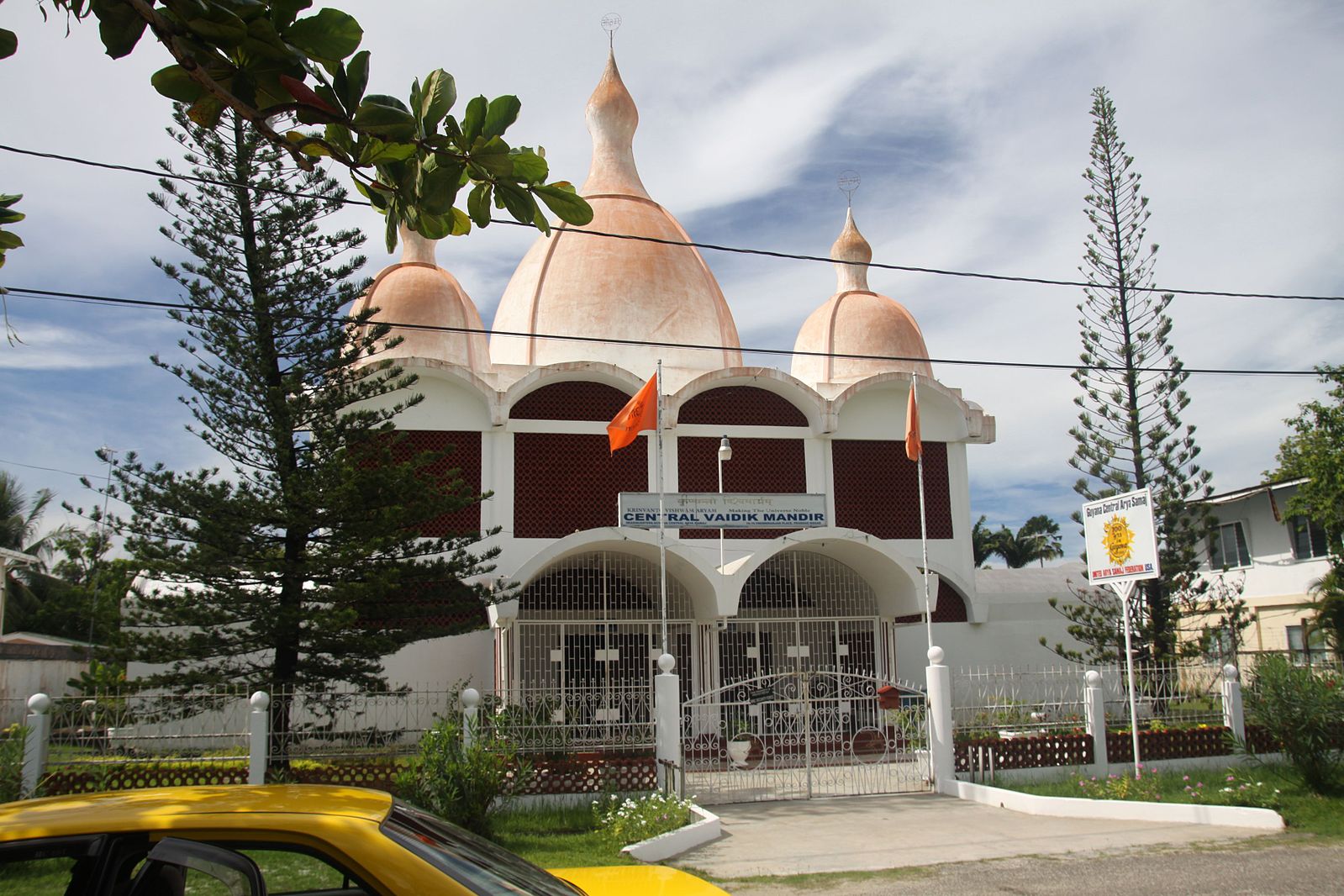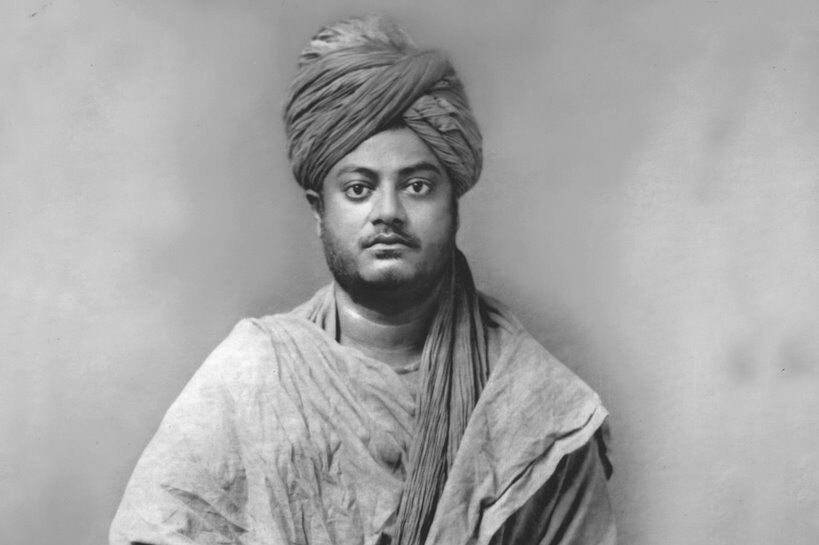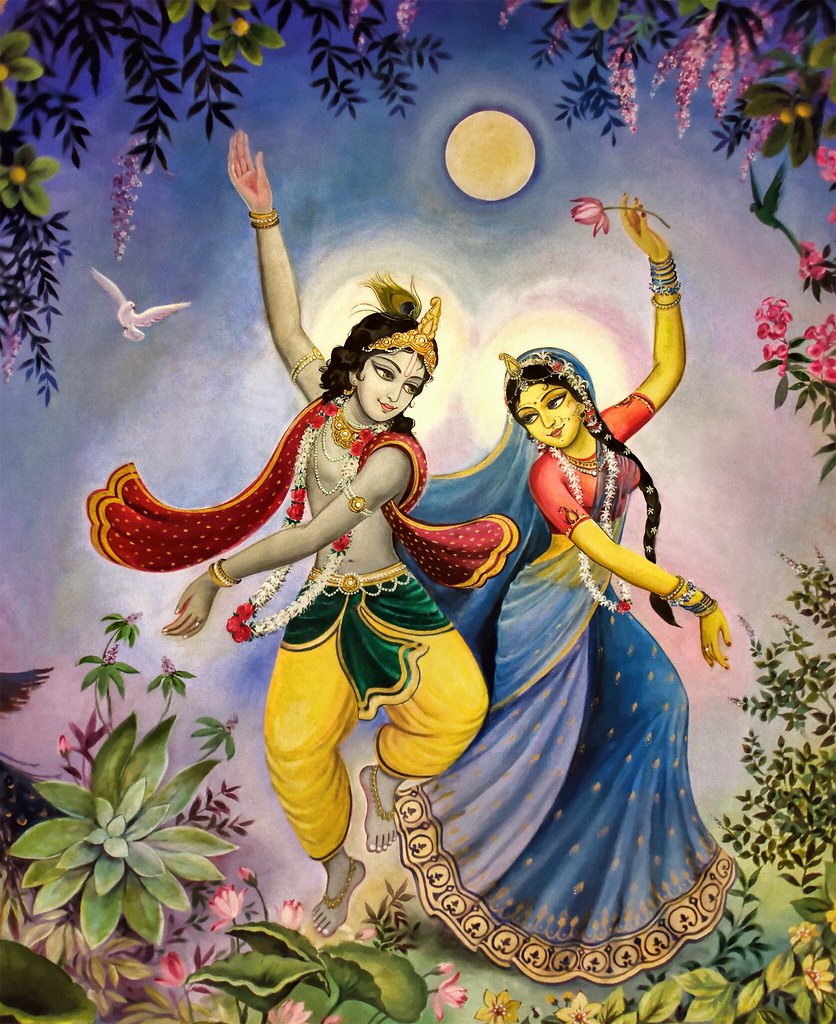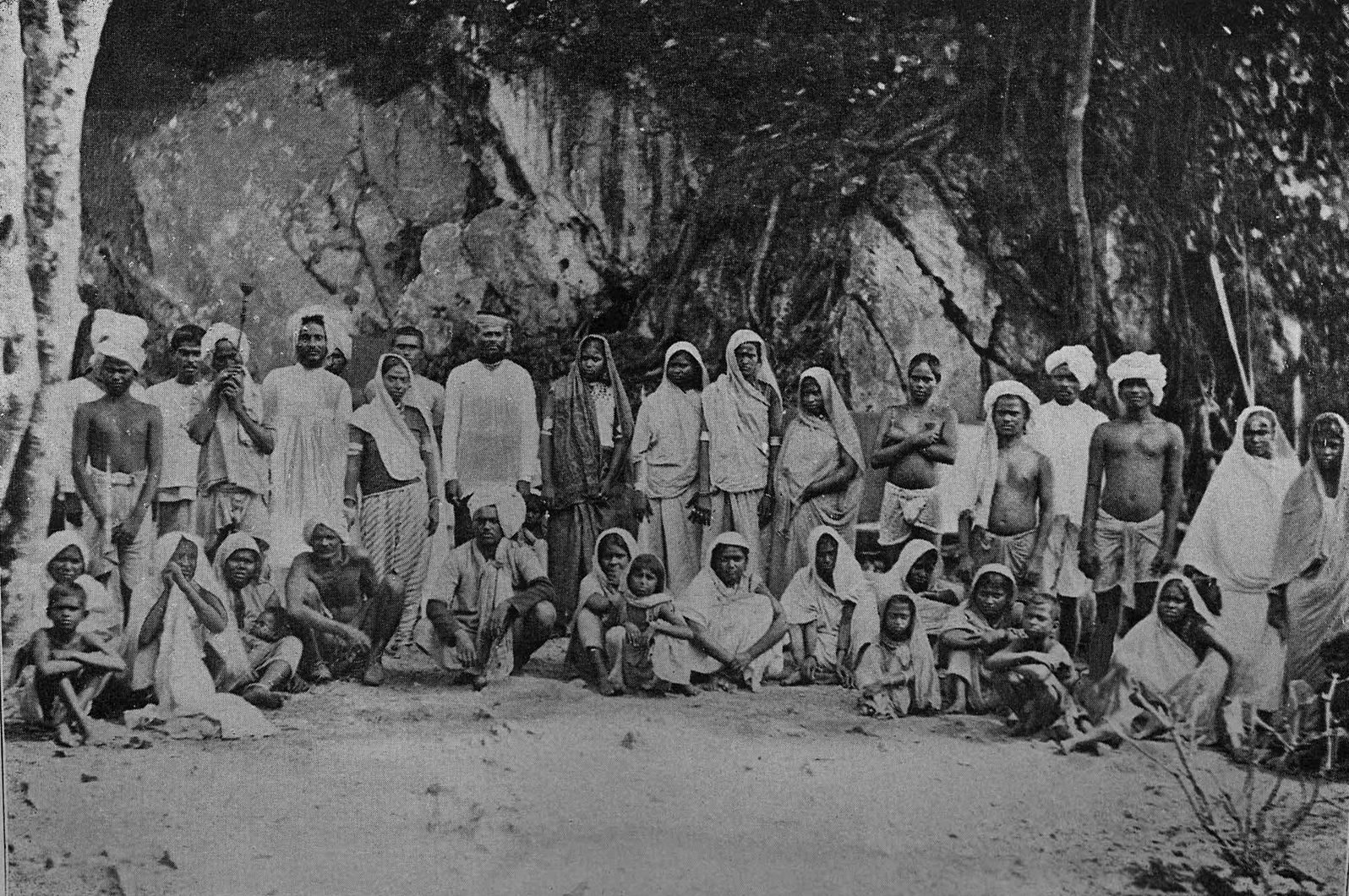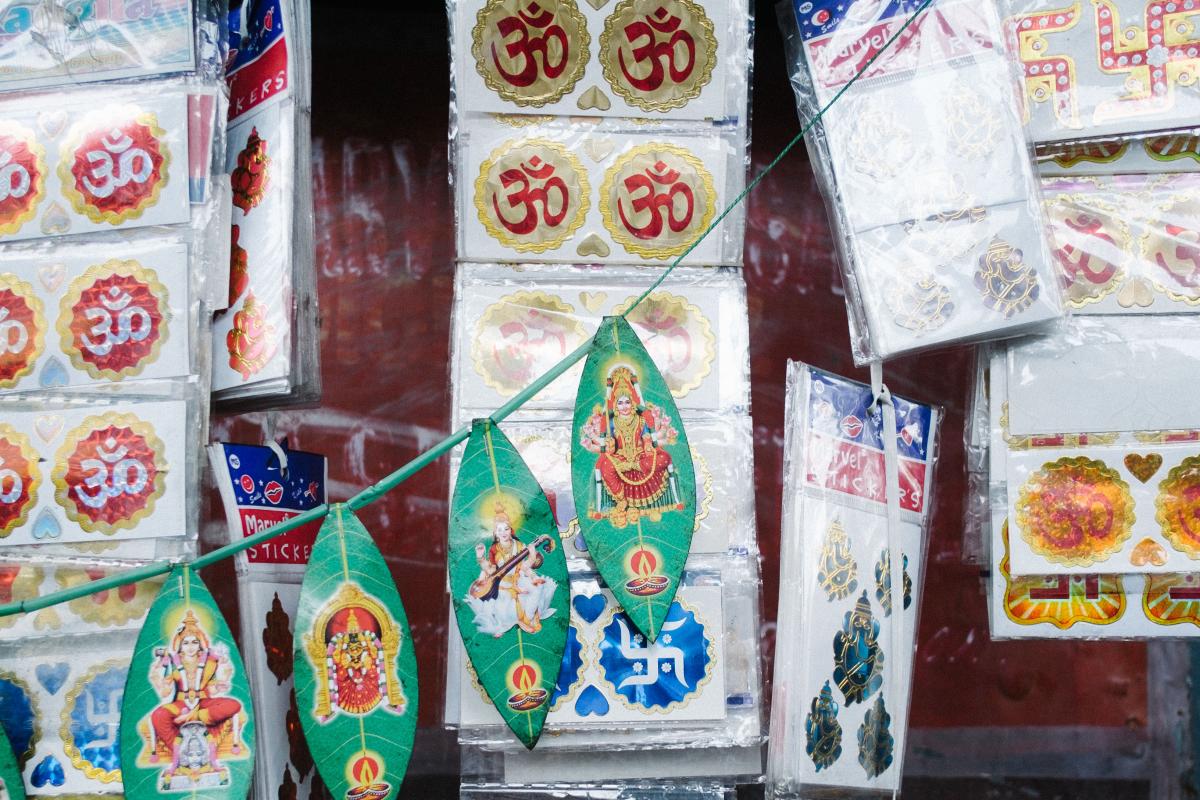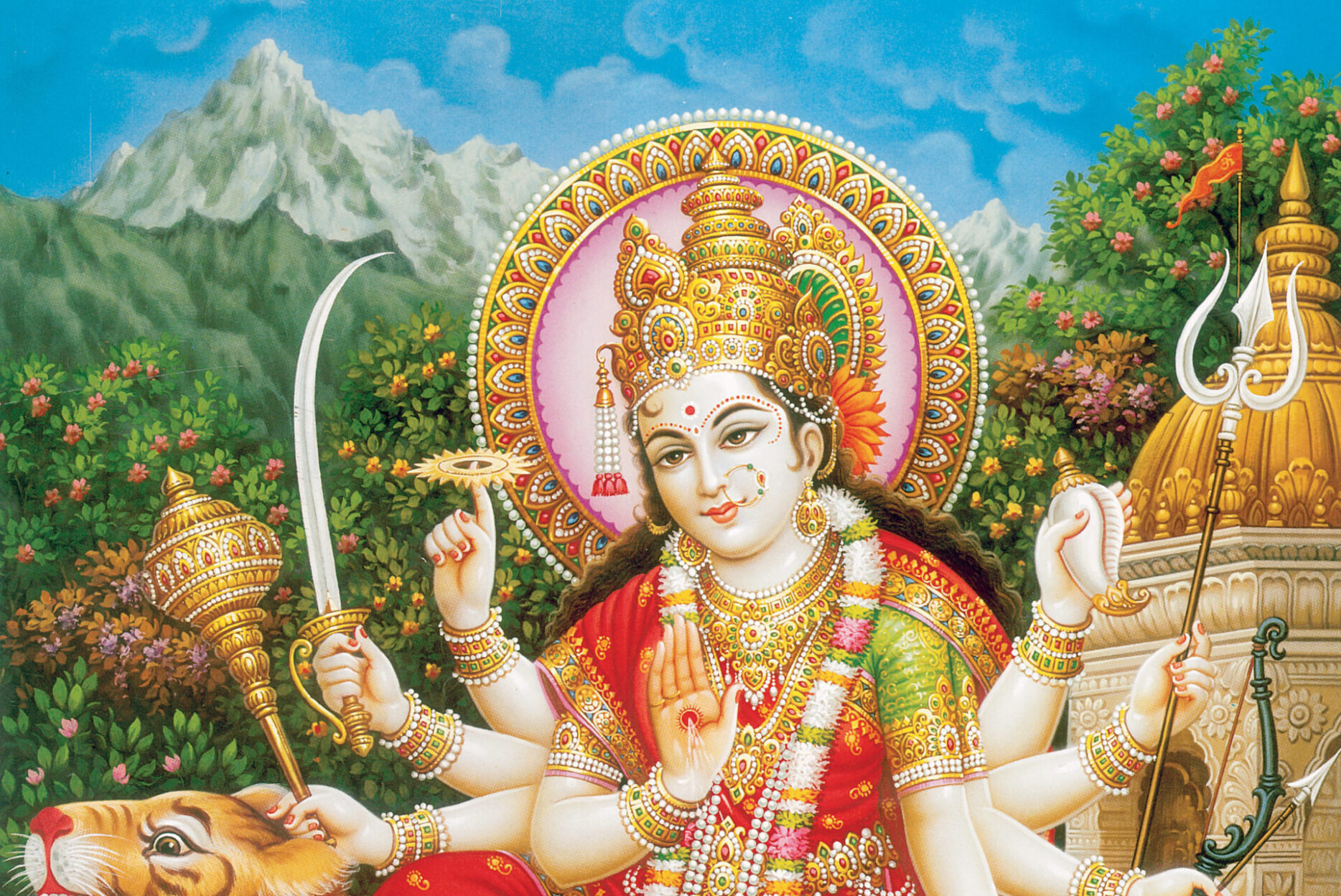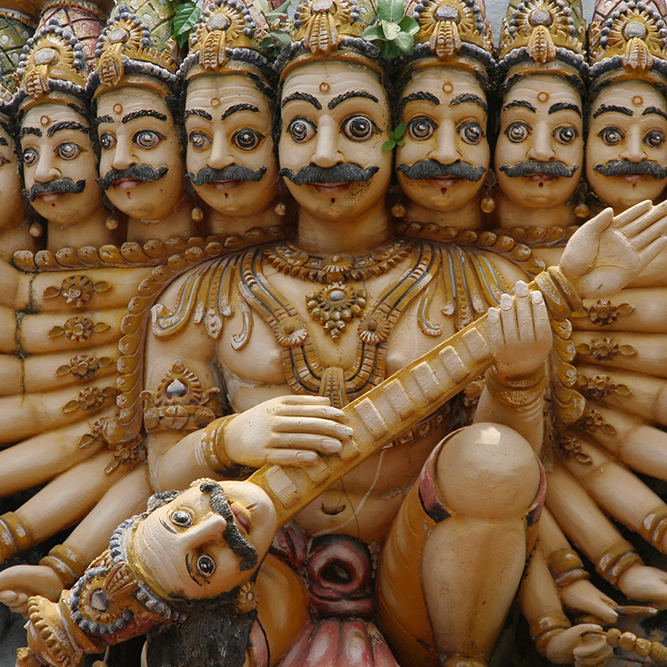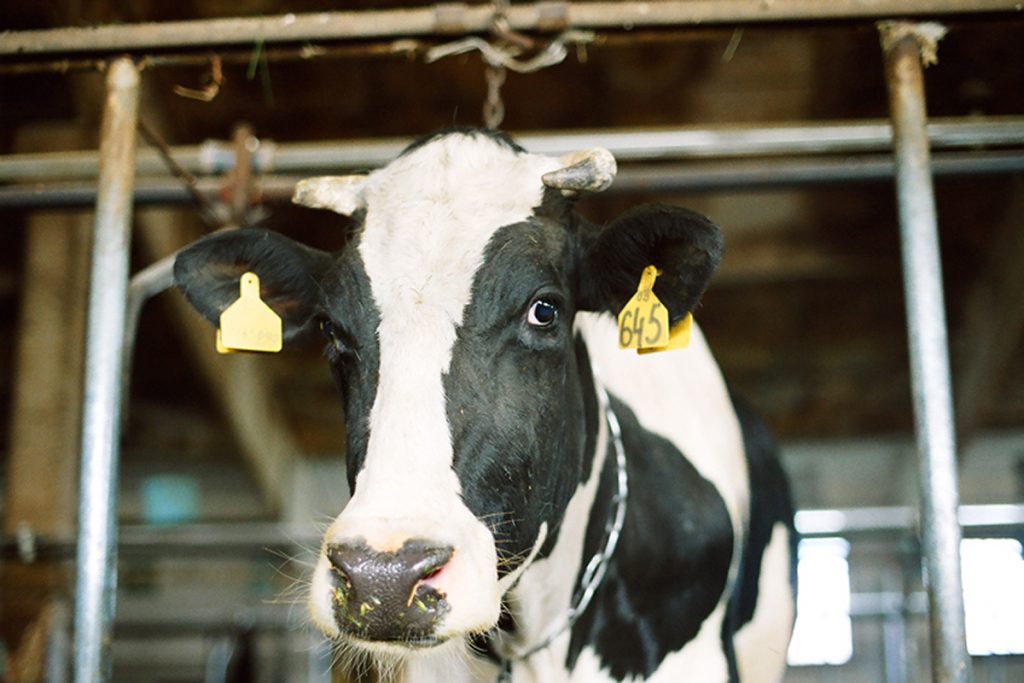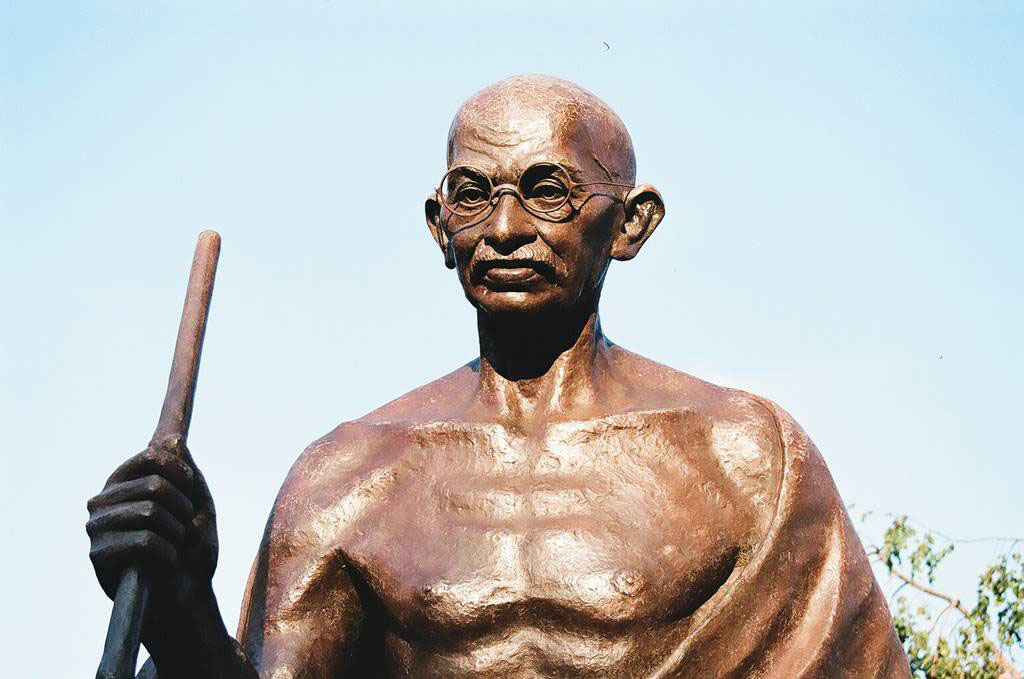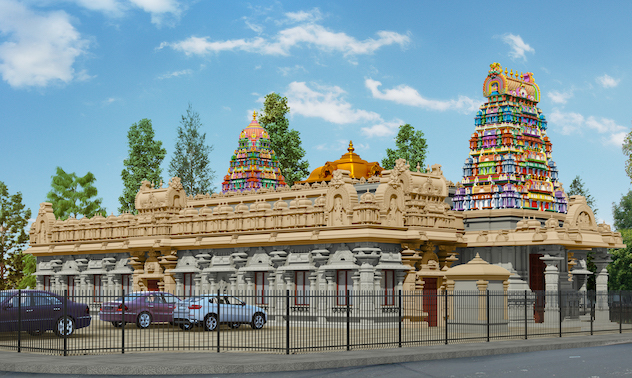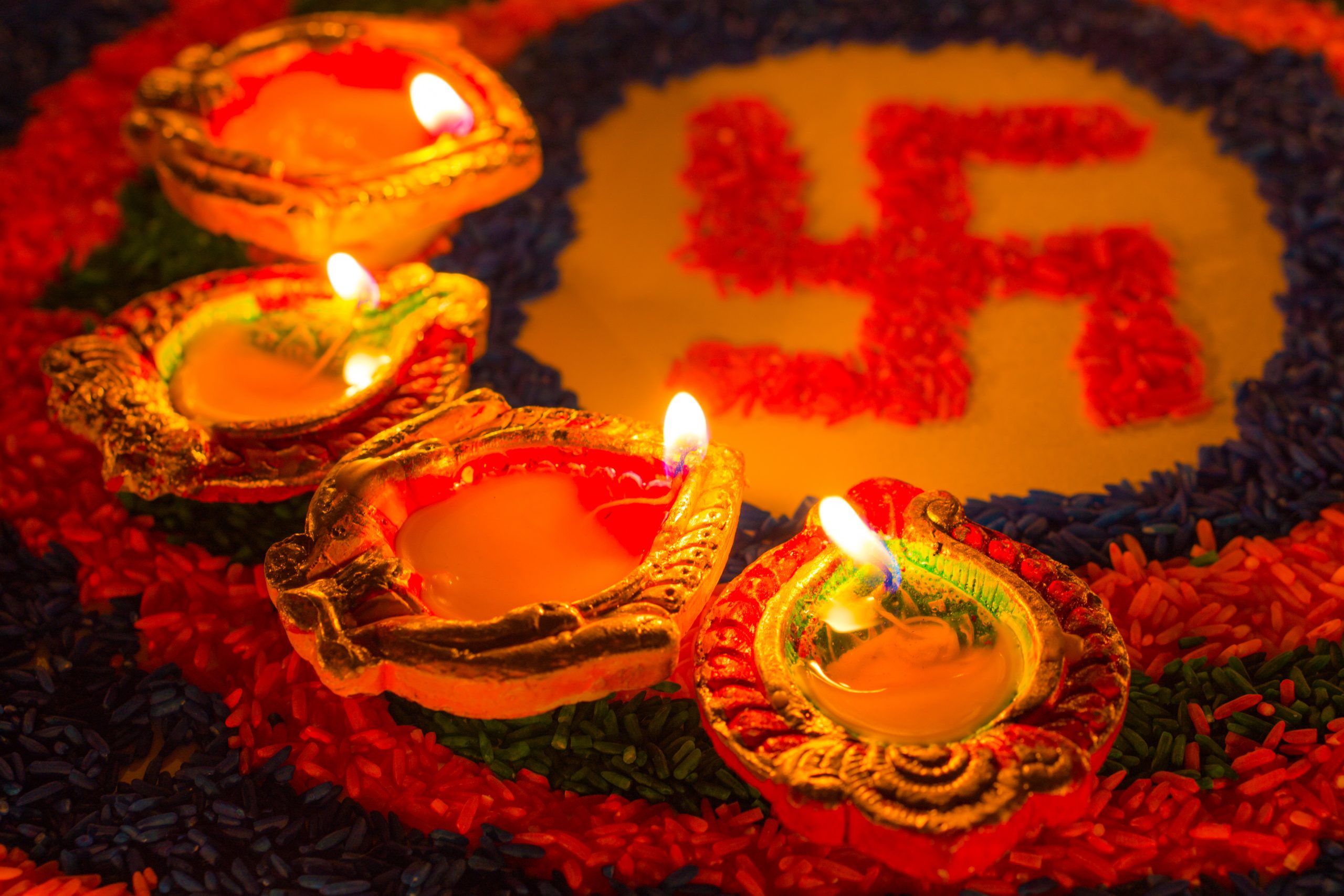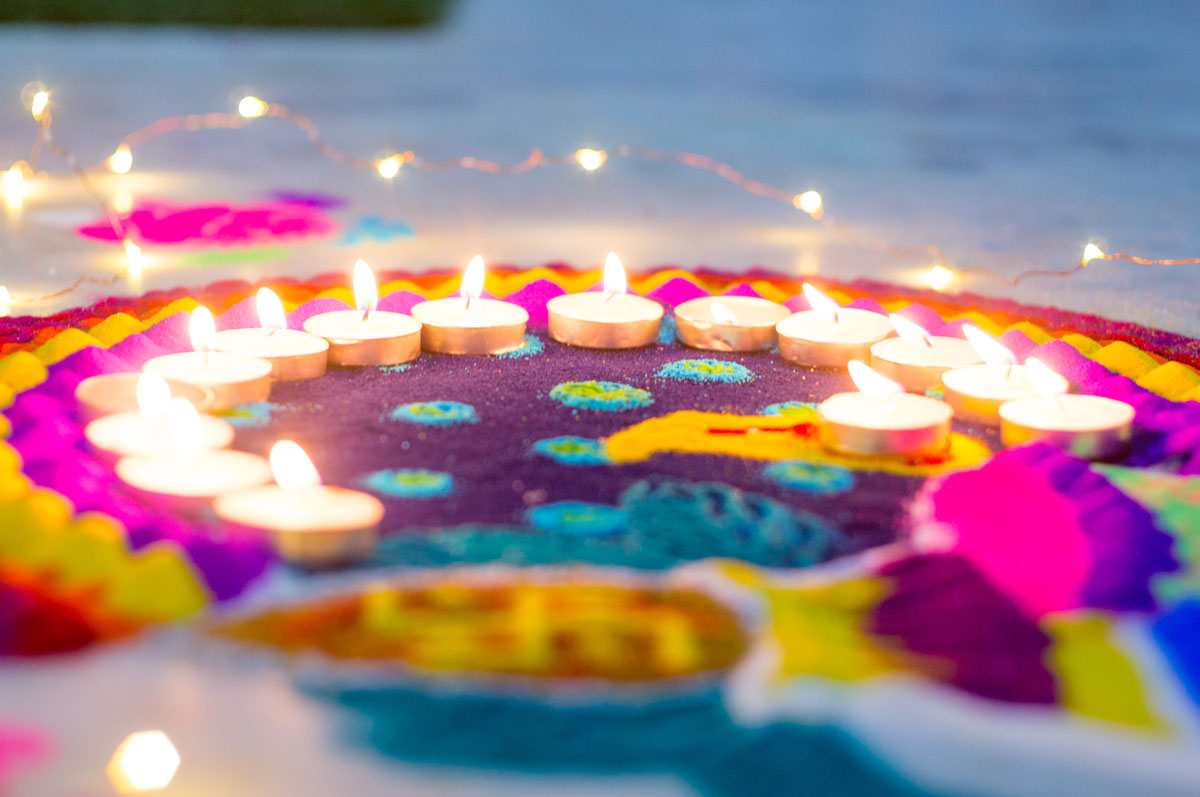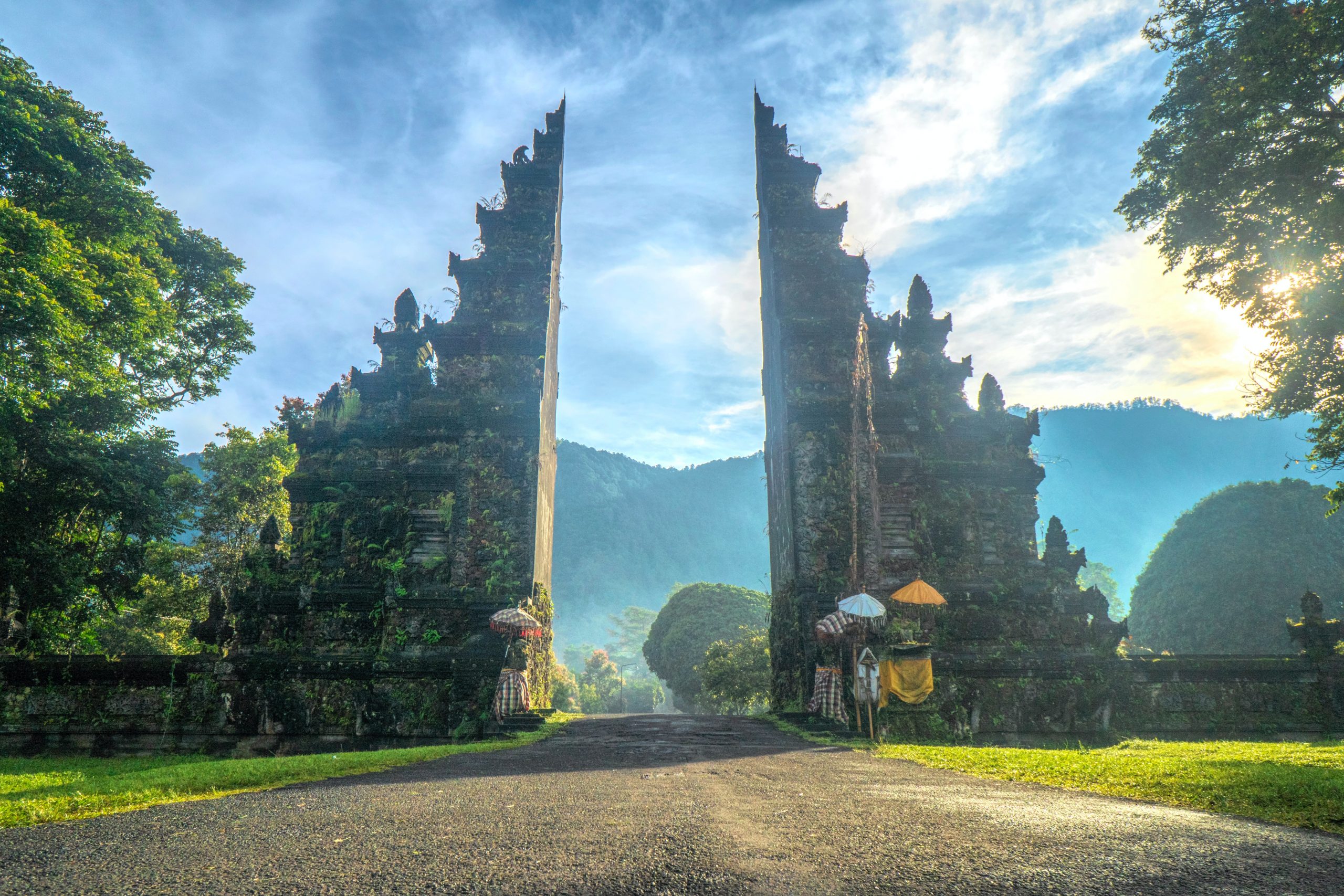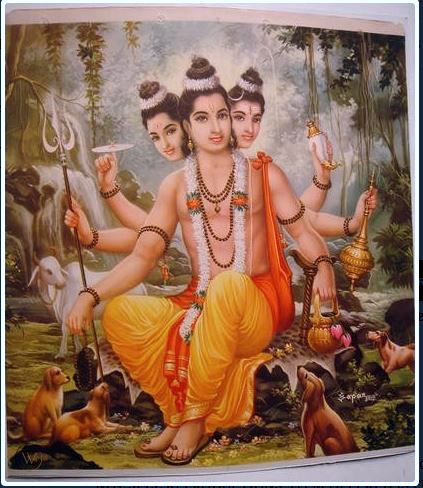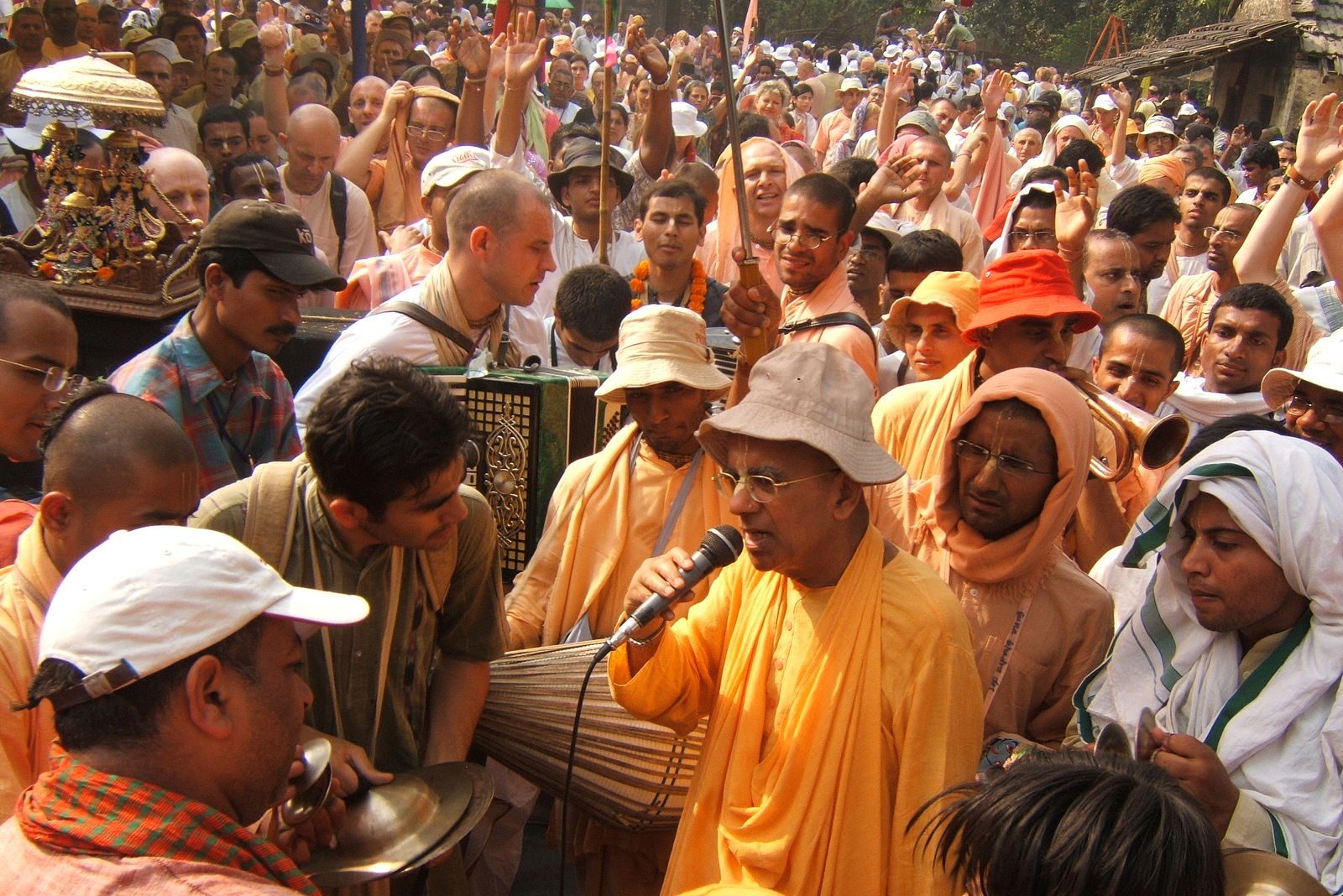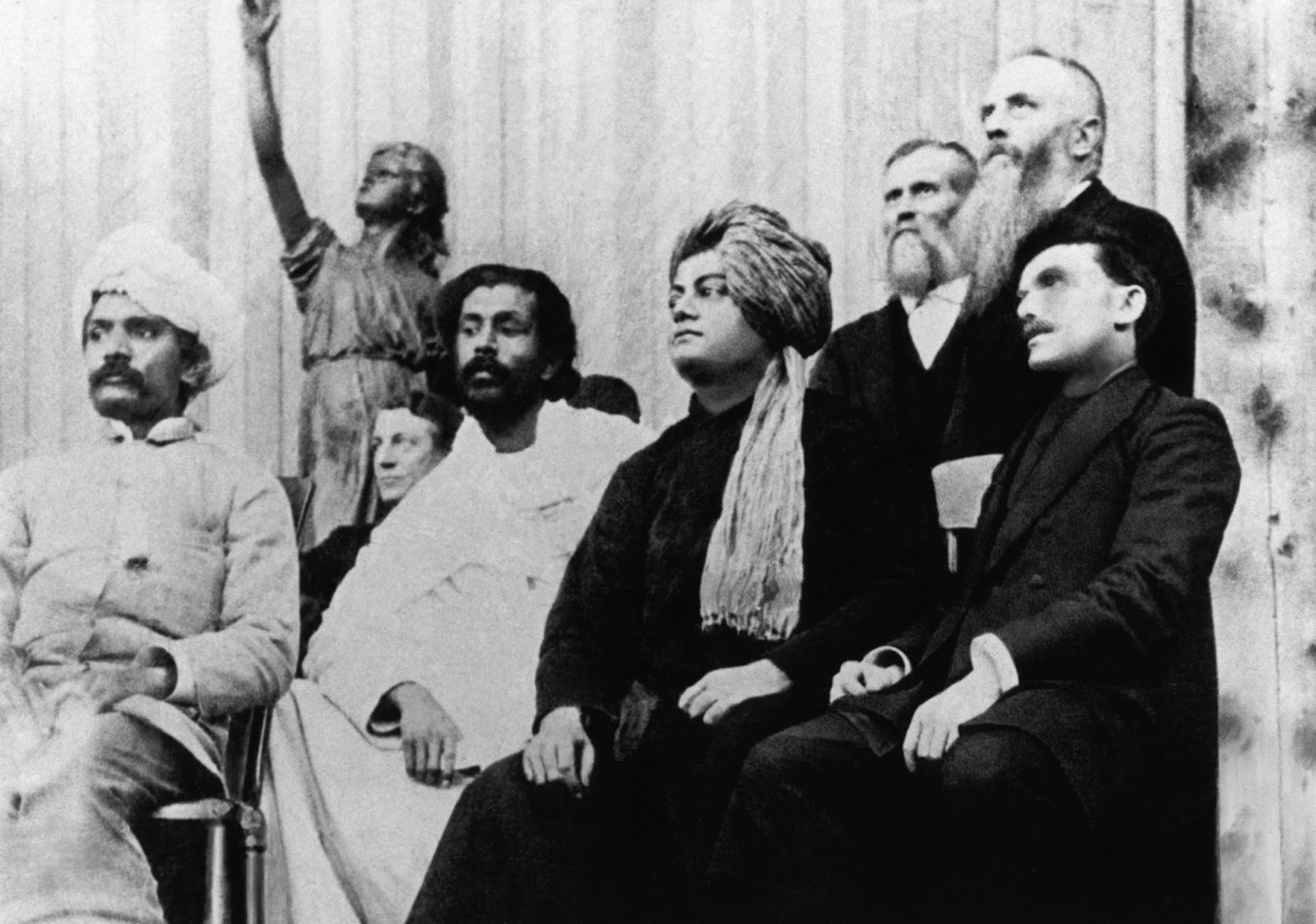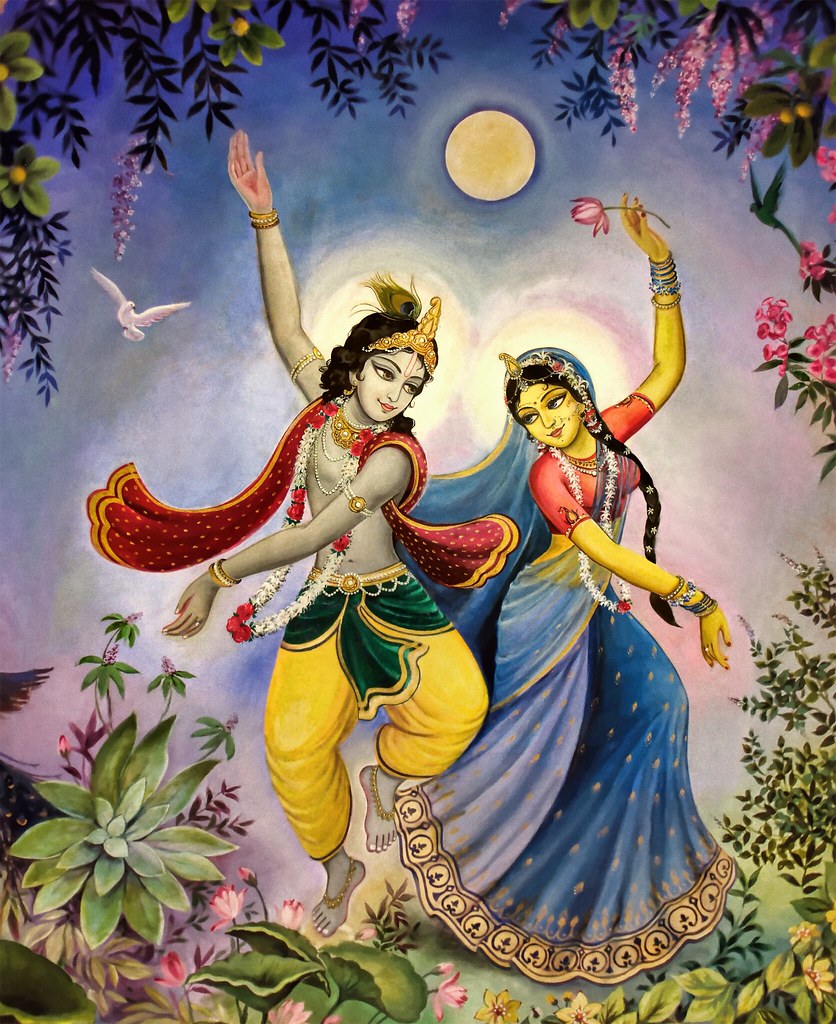This second day of the Dīpāvali (Diwali) festive period highlights the centrality of health and also wealth in making life comfortable and conducive to attaining the goals we set for ourselves. The three main focuses for the festivities are Lakṣmī (Lakshmi) and Kubera, the embodiments of holistic prosperity and financial prosperity respectively, and Dhanvantari, the embodiment of physical and mental wellness. Depending on the individual tradition, region, or family practices, a Hindu may choose to observe the festival for one or more of these reasons, or not, if it is not part of their heritage.
Diwali Day 2: Dhanteras & Dhanvantari Trayodashi

Jump to the stories of Dhanteras
Stories & Observances
Yamadīpam: King Hima, his son and daughter-in-law
The legend of Yamadīpam, the lamps of Yama, tells the story of King Hima, who had a sixteen-year-old son. Like all parents, he loved his son dearly. So when an astrologer told him that his son was destined to die on the fourth night of his marriage because of a snake bite, the king was understandably distraught. His subjects suggested that the prince get married to someone with a lucky horoscope, and so the prince married a very clever lady with a beautiful voice. The new daughter-in-law was informed about the prophecy, and so she stayed up with the prince on the fourth night of their marriage. She collected all the golden ornaments she could and placed them in a pile right next to the prince. Next, she lit dīpams/diyas (lamps) around the piles of gold, making everything in the room glimmer. She kept the prince awake the whole night by telling him captivating stories and singing melodious songs. When the time came for the prince to die, Yama (the personification of death) entered the room in the form of a snake, but got incredibly distracted by the shining gold and shimmering lights. He slithered on top of the pile of gold and listened to the stories being told and the songs being sung. The destined time for the prince’s death slipped away, and realizing this, Yama slowly slithered back out of the room. The prince was safe and healthy, and lived out the rest of his life with his brilliant wife.
The emergence of Dhanvantari and Lakshmi
Once during a musical concert, Indra, the king of the devas (illumined beings) was incredibly rude to Bṛhaspati, the dignified teacher of all the devas. Bṛhaspati stormed out of the concert and vowed to teach Indra and his unquestioning followers a lesson. Upon seeing the unrest in Indra’s realm, Bali, the king of the asuras (powerful but selfish beings) and some lower realms, took advantage of the instability by starting a war with the devas. The devas had no one to guide them, as Bṛhaspati had left, and all hell broke loose, ending with Indra’s realm being absorbed by a lower realm, Sutala. Thus everything was carried from Indra’s city of Amarāvatī to Sutala. During the journey, however, all the precious assets fell into the kṣīra-sāgara, the milky ocean, likened to milk because of its various constituent particles.
Indra and the devas, too, were wondering what they’d do as Amarāvatī was in danger of being taken over. All the devas went to the shores of the Ocean of Milk and sought an audience with Viṣṇu (Vishnu), the presider over the multiverse, asking him for advice. Vishnu pointed out Indra’s folly, and advised the devas to seek a compromise with the asuras. Indra discussed with Bali and his assembly about the recovery of all the precious things that fell into the kṣīra-sāgara. His real desire was to retrieve amṛta, the nectar of immortality, to assist him in retaking his realm. Indra suggested that both the devas and asuras should join hands to churn the ocean. Bali agreed, and together, they convinced Mount Mandāra to act as a churning stick, and Vāsuki, a cosmic serpent to be the rope. With the help of Garuḍa, Vishnu’s eagle, the ginormous churning stick was set-up in the center of the milky ocean.
But as soon as the churning began, the mountain began to sink into the ocean. Vishnu came to everyone’s aid once again, by taking on the form of a giant turtle, on top of whose shell Mount Mandāra was churned back and forth. Many precious and incredibly dangerous things begin to emerge from this cosmic ocean. Eventually, on the night of Kārtika Kṛṣṇa Trayodaśī, Lakshmi, the embodiment of prosperity, emerged from the churning of the milky ocean. After looking for someone to match her excellence in all the realms, she finally found Vishnu, who she chose to marry1. Lakshmi is thus said to reside in Vishnu’s heart, as she is Vishnu’s counterpart in all matters.
The last thing to emerge from this churning was the youthful Dhanvantari2, who appeared holding a golden pot of amṛta. Amṛta is said to grant freedom from physical death to whoever drinks – at least for a superhuman time. This story lays the grounds for the incarnation of Vishnu as the alluring Mohinī, and the legend of the Kumbha Melā, but that is a story for another time.
What is pertinent is that Lakshmi and Dhanvantari both appeared on this night, Kārtika Kṛṣṇa Trayodaśī, and though there are smaller ceremonies to Lakshmi, on this night, the focus is given to Dhanvantari. The main night of Diwali, the night of the new moon, is given to the grand celebrations of Lakshmi. So this night, people involved in commerce and financial sectors do ceremonies of thanksgiving to Lakshmi, while physicians, pharmacists, and anyone involved in the healthcare sector give thanks to Dhanvantari.
Lakshmi and the farmer
By nature, Lakshmi is said to be cañcala – she’s never in one place for too long. Long ago, during one of Vishnu’s trips to Earth, this innate nature of hers took over, leading her to be stuck on Earth for twelve whole years.
When Vishnu was preparing to appear on Earth, Lakshmi persuaded him not to leave her to twiddle her thumbs in their realm of Vaikuṇṭha. Vishnu agreed to take her with him, under the condition that she must not venture to the southern lands. This was because Vishnu knew that the kingdoms and realms there were so lovely – the land glowed a luxurious yellow at that time of the year in the fall, and Lakshmi would want to stay there. Agreeing to the condition, both of them got ready and descended to Earth. Vishnu went off to attend to his duties, and Lakshmi was free to explore. She hopped from one land to another, before eventually taking a sneak peek at the southern lands. She became enchanted by the fields of golden wheat slowly swaying in the wind, and the bright yellow mustard flowers that appear to look like speckles of gold in the sunlight. The endless farms of sugarcane, too, filled the air with the sweetest aroma. Forgetting all about Vishnu’s conditions, Lakshmi ventured to the southern lands and adorned herself with mustard flowers while enjoying the refreshing juice of the sugarcane from a farmer’s field. Vishnu, upon coming back for Lakshmi, and seeing that she’d broken her promise, told her that she should labor on the farm incognito for the next twelve years.
The arrival of Lakshmi to the farmer’s household made the farmer extremely prosperous overnight, so when Vishnu arrived in disguise twelve years later to take Lakshmi back to Vaikuṇṭha, the farmer refused to let Lakshmi go. But Lakshmi understood his confusion and revealed her true identity. She promised to visit the farmer every year on the day of Kārtika Kṛṣṇa Trayodaśī, no matter what. Although astonished, the farmer let Lakshmi depart. But without fail, every year on the day of Dhanteras, the farmer cleaned his home, decorated it with bright dīpams in the evening’s golden light, to welcome Lakshmi 3. This is another reason why some Hindus celebrate the day as Dhana-Trayodaśī, the thirteenth lunar day of wealth.
Kubera
Kubera is Indra’s guardian of wealth, and the overlord of all Yakṣas, a class of supernatural beings. He is venerated during Kārtika Kṛṣṇa Trayodaśī by entrepreneurs, business owners, merchants, traders, etc. Kubera was known during the Vedic period as a ruler of evil beings, but due to his devotion to Śiva (Shiva), he transitioned to being the guardian of Indra’s treasury. Kubera is known most famously in the Rāmāyaṇa as the ruler of Śrī Laṅkā, who was later overthrown by his half-brother Rāvaṇa. The Vishnu and Skanda Purāṇas describe his celestial city as Alakā4. When Rāma was returning to Ayodhyā after liberating Rāvaṇa, he is said to have woken Kubera to seek blessings for a prosperous kingdom. This episode emphasizes the historical and ceremonial importance of Kubera as a cosmic regulator of wealth.
The Purāṇas depict Kubera as adorned with jewelry, carrying a club, and holding a pot filled to the brim with gold. It is said that if one buys gold or invests their money on the day of Dhanteras, their returns will grow to be 13 times its original value. It certainly makes sense why Kubera is closely associated with Lakshmi, and the two are offered ceremonies of gratitude on the night of Dhanteras.
Kāg Tihār
In Nepal, they celebrate five days of Diwali (which is known there as Tihār or Yamapañcaka), which starts on this day. It is observed as Kāg Tihār, or the Crow’s Diwali. Crows are seen as messengers of Yama, the personification of death. So for the sake of a peaceful, healthy life, and a safe and easy transition when the time comes, Hindus in Nepal leave out food for the crows.
1 https://www.holybooks.com/wp-content/uploads/The-Skanda-Purana-Part-1.pdf
2 https://www.holybooks.com/wp-content/uploads/The-Skanda-Purana-Part-1.pdf
3 https://www.drikpanchang.com/festivals/dhanteras/legends/dhanteras-legends.html#google_vignette
4 https://lovenspire.com/blogs/lovenspire-blog-corner/unlocking-wealth-secrets-god-kubera




